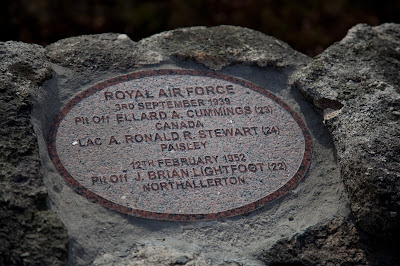The news that UK flower growers are suffering from a lack of foreign pickers this year reminded me of Scotland’s contribution to the re-establishing of the Dutch bulb growing industry post WW2. Devastated by five years of war and a vicious fascist policy designed to starve the rebellious Dutch into submission, folk in Holland were literally forced to eat whatever they could get their hands on. And that included flower bulbs.
Screen actress Audrey Hepburn often talked about this in interviews and recalled how desperate folk – including her teenage self, would try to make bread using both tulip and daffodil bulbs, often with disastrous results. The Dutch population literally ate the seed-stock and had to look abroad post-war to nurserymen in the UK to restart the ailing industry.
Commercial bulb growing in Scotland probably goes back a couple of hundred years and there are records indicating that Angus was by the 1880’s the daffodil capital of Scotia. Some 100 hectares in and around Forfar were engaged in producing King Alfred’s and Double White’s by the ton and, if truth be told, Scottish daffodils dominated flower vases all across the UK.
There was also a bulb growing enterprise at Inverurie. Locals refer to it as Inverurie Bulb Farm and the business operated from around 1930 until closure in 1970. Alongside its main claim to fame – that of extending the UK growing season to feed demand in the likes of London after the Lincolnshire fields had stopped producing, the Inverurie bulb farm was instrumental in re-starting the Dutch daffodil industry.
Seemingly, during the late 1940’s the Inverurie growers exported several tons of the things to the low countries in order to re-establish the Dutch bulb industry. So next time you buy a host of golden daffodils in the likes of Morrison’s or the local Coop, bear in mind the vital role played by the bulb growers of Inverurie for making it happen.











Comments
Post a Comment